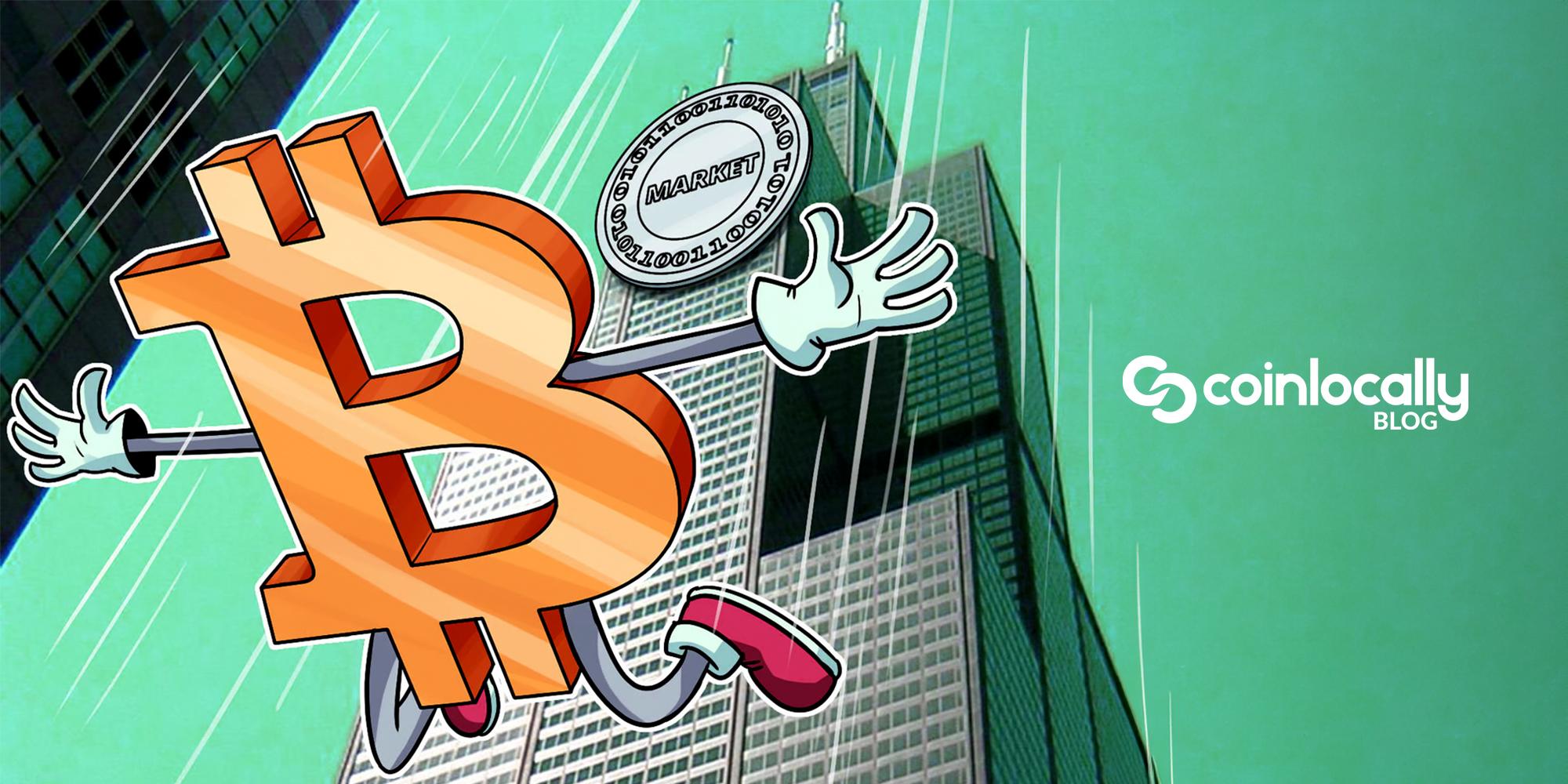
Stagflation
What Is Stagflation?
Stagflation is an economic condition in which high inflation exists alongside slow or negative economic growth and rising unemployment. Usually, inflation and economic slowdown don’t happen together. But both hit at once during stagflation, making it a unique and challenging situation.
It reduces consumer spending power while jobs become harder to find.
Causes of Stagflation
Supply Shocks
One major trigger is a sudden drop in supply. For example, if oil prices spike or supply chains fail, production slows, causing prices to rise while output falls.
Policy Mistakes
Poor monetary or fiscal policies can also lead to stagflation. If central banks pump too much money into the economy during a supply crunch, inflation may soar while growth lags.
Global Events
Wars, pandemics, or energy crises can disrupt markets and economies. These events often affect supply and demand simultaneously, fueling stagflation risks.
How Stagflation Affects Traditional Markets
Falling Stocks
Equity markets tend to struggle. Companies face higher costs and lower demand, and as earnings shrink, stock prices drop.
Weak Bonds
Central banks may raise interest rates to fight inflation. But this can slow the economy further. Bond prices fall as rates rise, leading to poor returns for fixed-income investors.
Gold and Safe-Havens
Assets like gold sometimes perform better in stagflation. Investors look for protection against inflation and market volatility.
Stagflation and the Crypto Market
Hedge or Risk Asset?
Some view crypto as a hedge against inflation. Bitcoin, with its fixed supply, is often compared to digital gold. In theory, it should protect value when fiat currencies weaken.
However, many still consider crypto risky. During economic stress, investors may exit risky assets—even those seen as inflation hedges.
Volatility Remains High
In stagflation, crypto prices can swing sharply. Fear and uncertainty drive short-term moves. Traders need to be cautious and watch macro trends closely.
Long-Term Adoption
Economic uncertainty may lead more people to explore alternatives like DeFi, stablecoins, or Bitcoin. If trust in central banks weakens, crypto may gain ground as a parallel system.
Strategy During Stagflation
Diversify Holdings
Don’t rely on one asset class. A mix of crypto, commodities, and real-world assets can reduce risk, and diversification helps during uncertain times.
Focus on Fundamentals
Look for crypto projects with real use cases and strong communities. In tough markets, weak tokens may fade. Long-term value matters more than hype.
Stay Informed
Follow economic news. Central bank decisions, inflation reports, and job data all impact markets, including crypto. Being informed helps you make better moves.
Is Crypto Ready for a Stagflation Era?
Still Maturing
Crypto is still evolving. While promising, it hasn’t proven how it performs over a complete economic cycle with stagflation.
Some assets may do well, and others may struggle. The market’s future role during stagflation is still being tested.
A Shift in Thinking
Stagflation may push people to rethink money, finance, and control. Blockchain-based systems offer transparency and self-custody. In uncertain times, these values become more appealing.
Final Thoughts on Stagflation and Crypto
Stagflation poses a significant challenge for both traditional finance and the crypto world. High inflation combined with weak growth creates pressure on all assets. For crypto, it’s both a test and an opportunity.
While volatility may rise, long-term believers see crypto as a hedge and a path toward financial independence. Whether that vision holds during stagflation depends on how the market adapts—and how investors respond.
